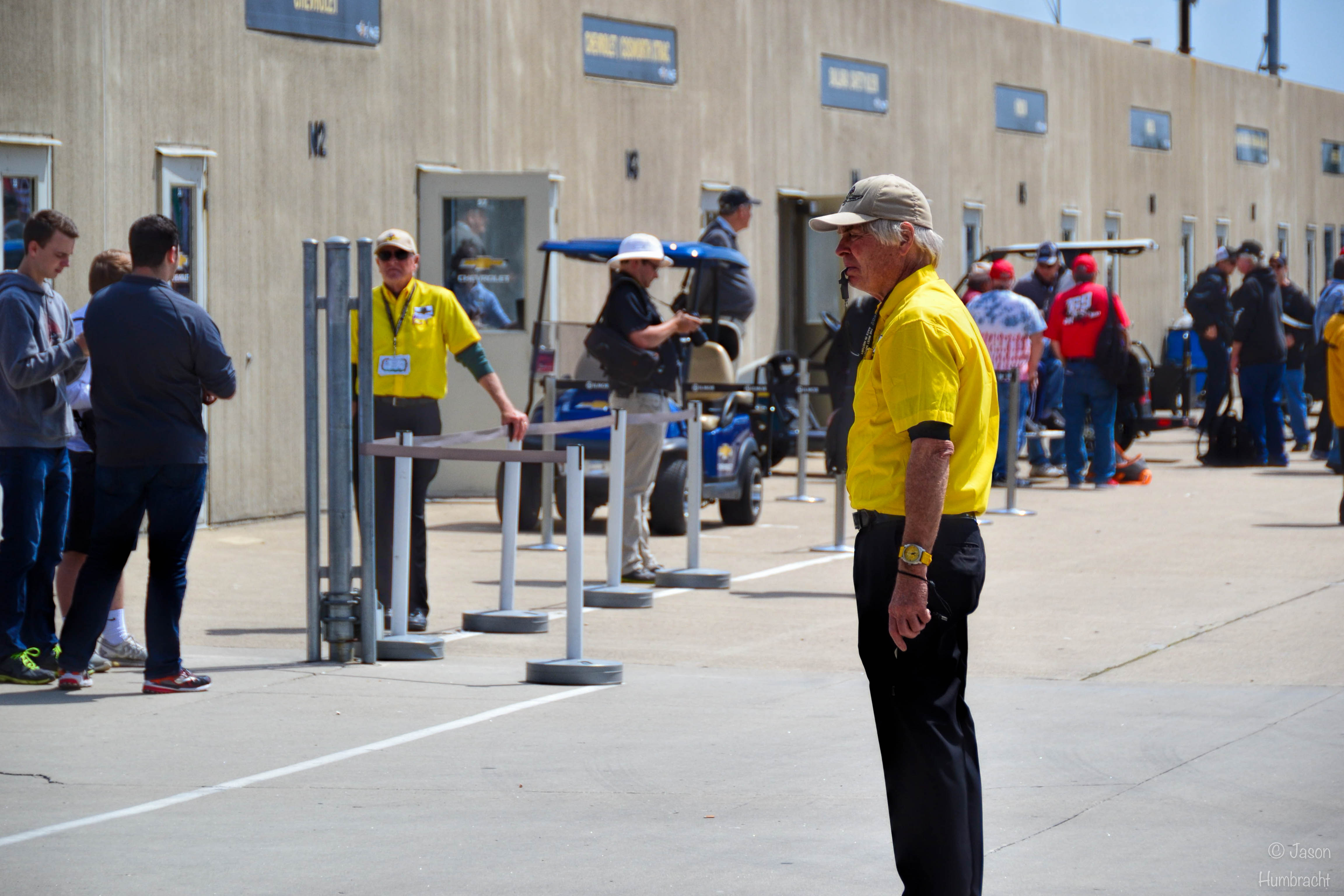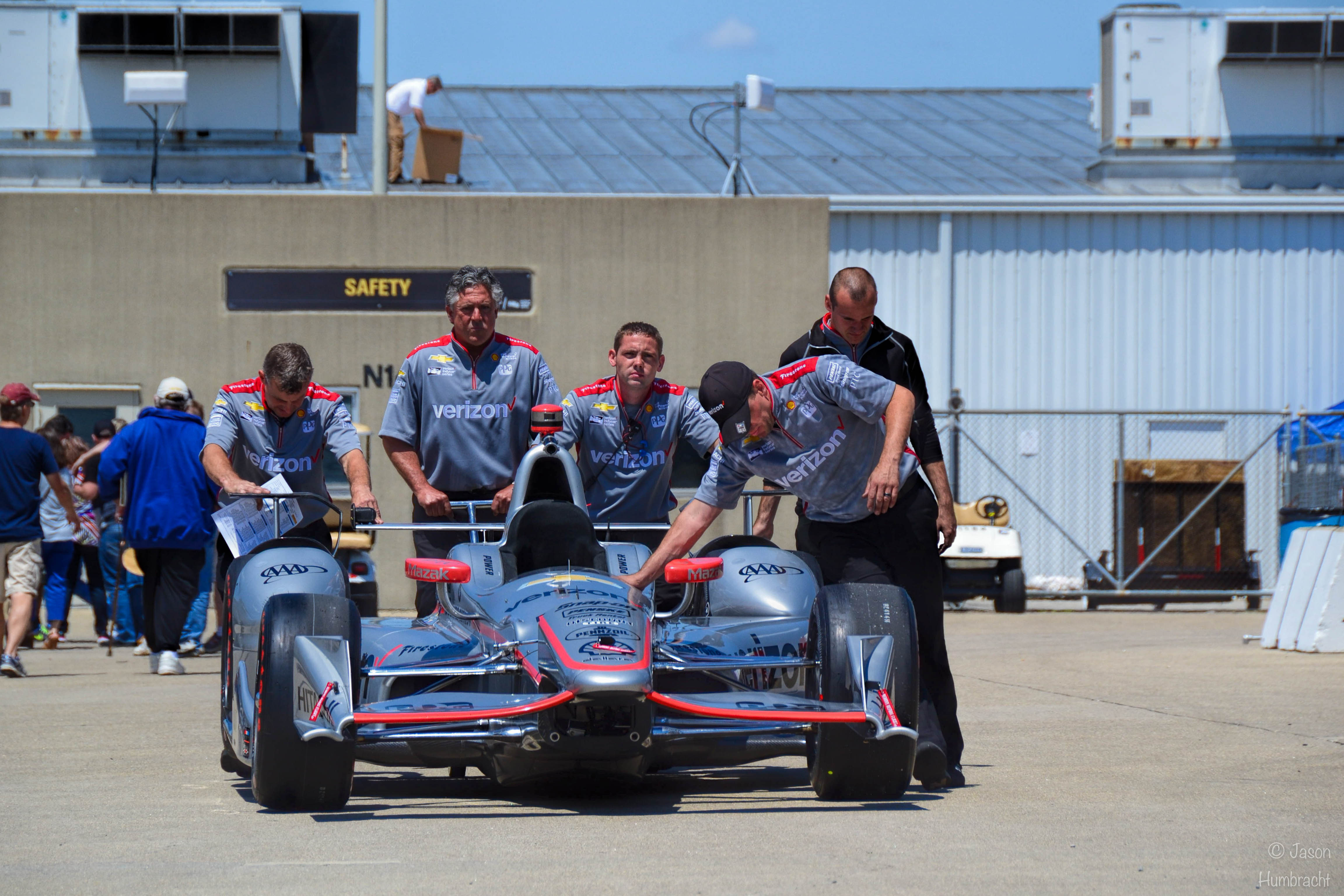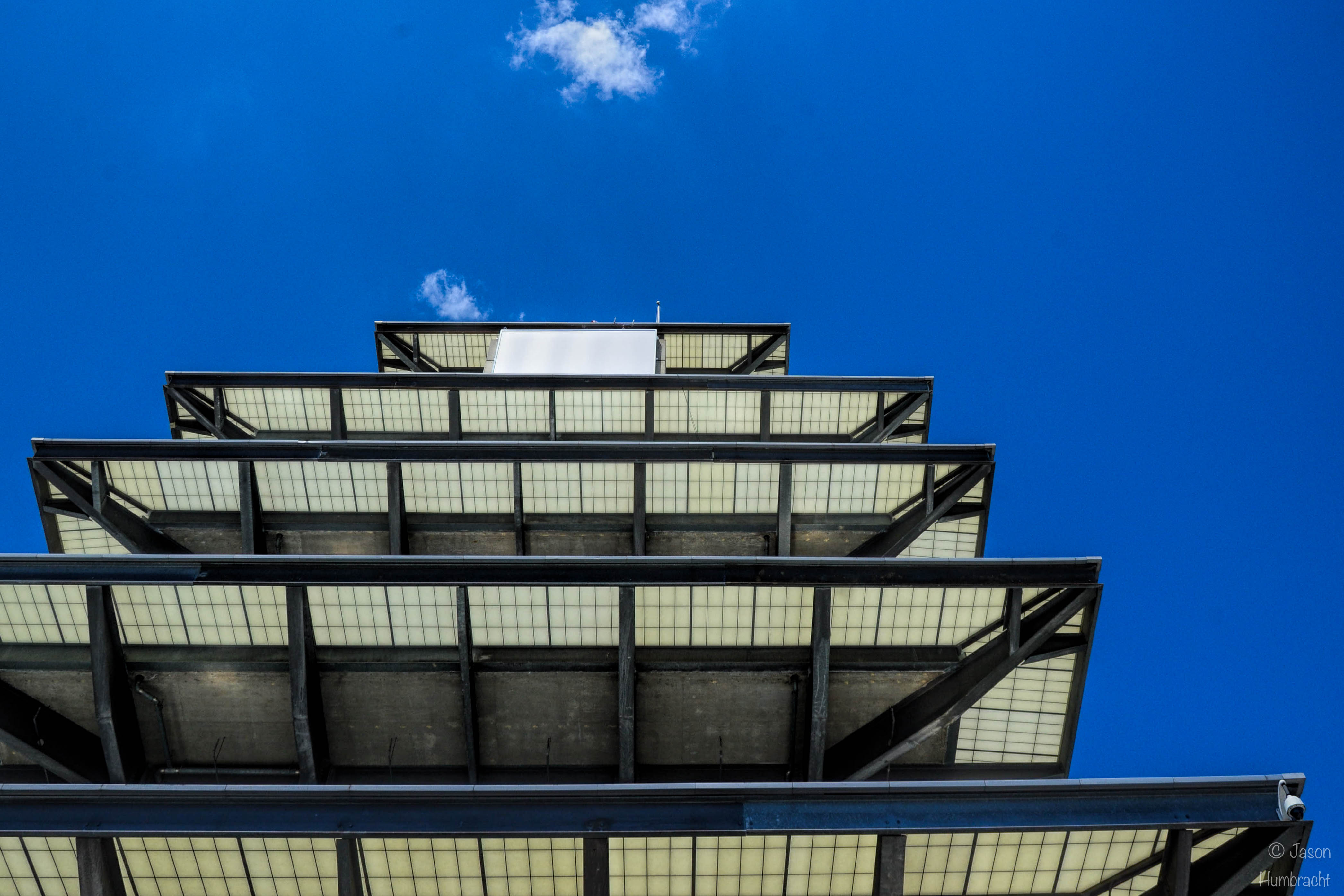My brother, Darryl, invited me to join him at this year’s Indianapolis 500 100th Running Practice Day, and being my first time at the Motor Speedway, I was excited to attend. We were part of a group that got the use of one of Darryl’s customer’s suites, which included Pit & Garage passes, so I was able to wander around with my camera shooting. Since I posed the question of when the Indianapolis Motor Speedway was built and no one knew the definite answer (without searching the web), I thought I’d include some history of the track.

The Indiana automobile dealer Carl Fisher first proposed building a private auto testing facility in 1906, in order to address car manufacturers’ inability to test potential top speeds of new cars due to the poorly developed state of the public roadways. The result was the Indianapolis Motor Speedway, built on 328 acres of farmland five miles northwest of downtown Indianapolis. The idea was that occasional races at the track would pit cars from different manufacturers against each other in order to showcase their full power and entice spectators to check out the new models themselves. In 1911, Fisher and his partners decided to focus on one long race per year, as opposed to numerous shorter events, in order to attract more publicity. The purse for the grueling 500-mile race would be the richest in racing.
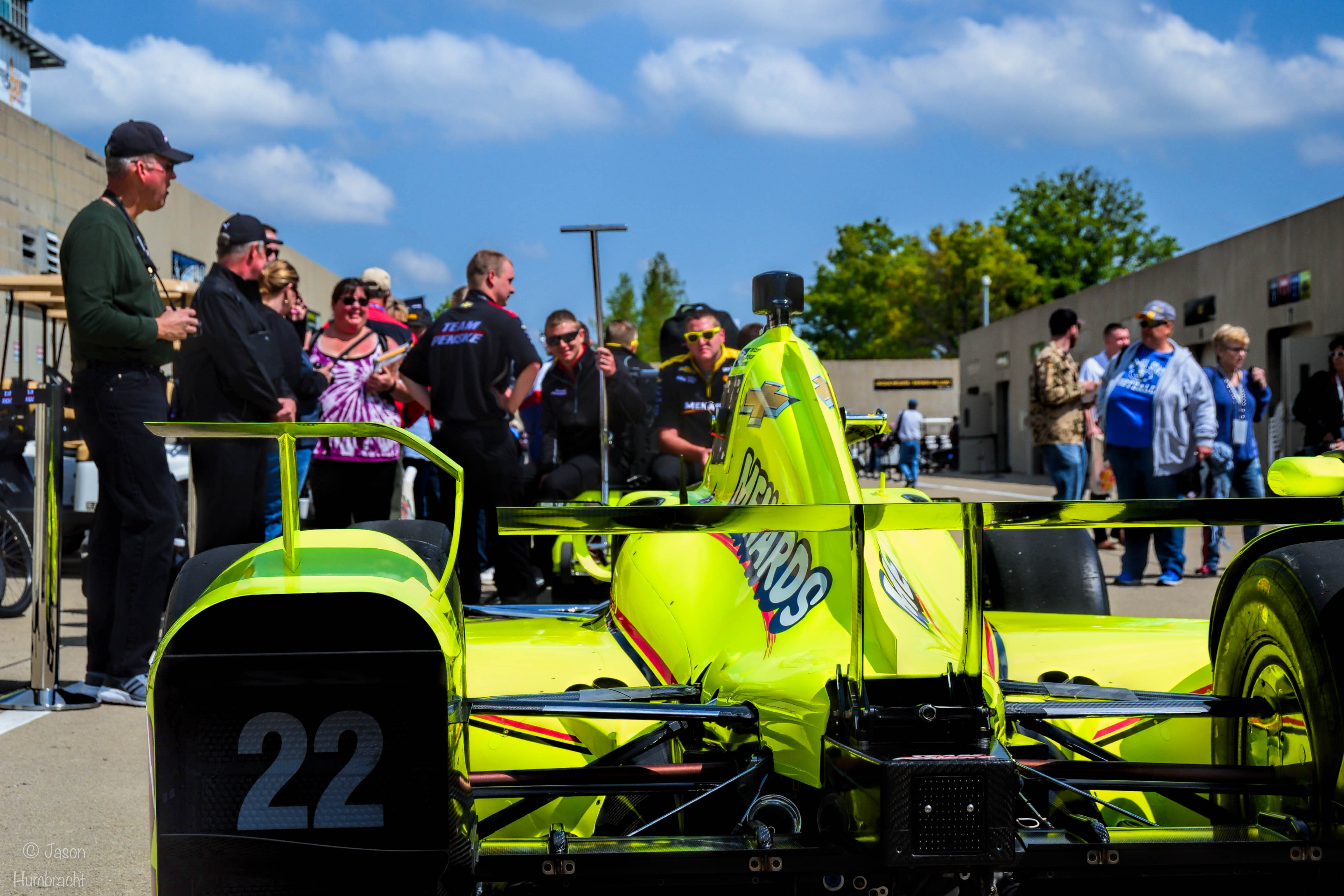
On May 30, 1911, 40 cars lined up at the starting line for the first Indy 500. A multi-car accident occurred 13 laps into the race, and the ensuing chaos temporarily disrupted scoring, throwing the finish into dispute when the eventual runner-up, Ralph Mulford, argued that he was the rightful winner. It was Ray Harroun, however, who took home the $14,250 purse, clocking an average speed of 74.59 mph and a total time of 6 hours and 42 minutes. The Wasp was the first car with a rear-view mirror, which Harroun had installed in order to compensate for not having a mechanic in the seat next to him to warn of other cars passing.

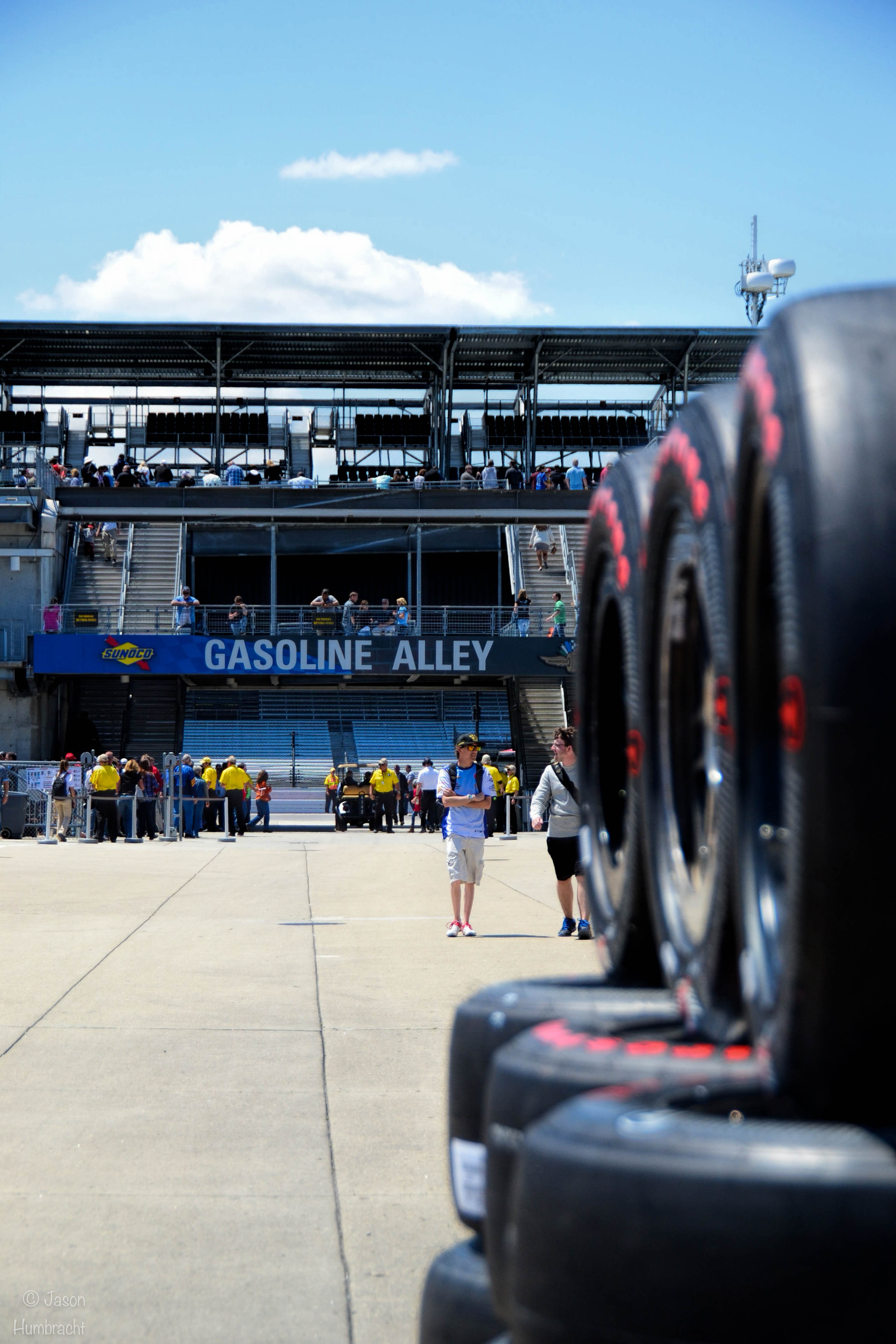
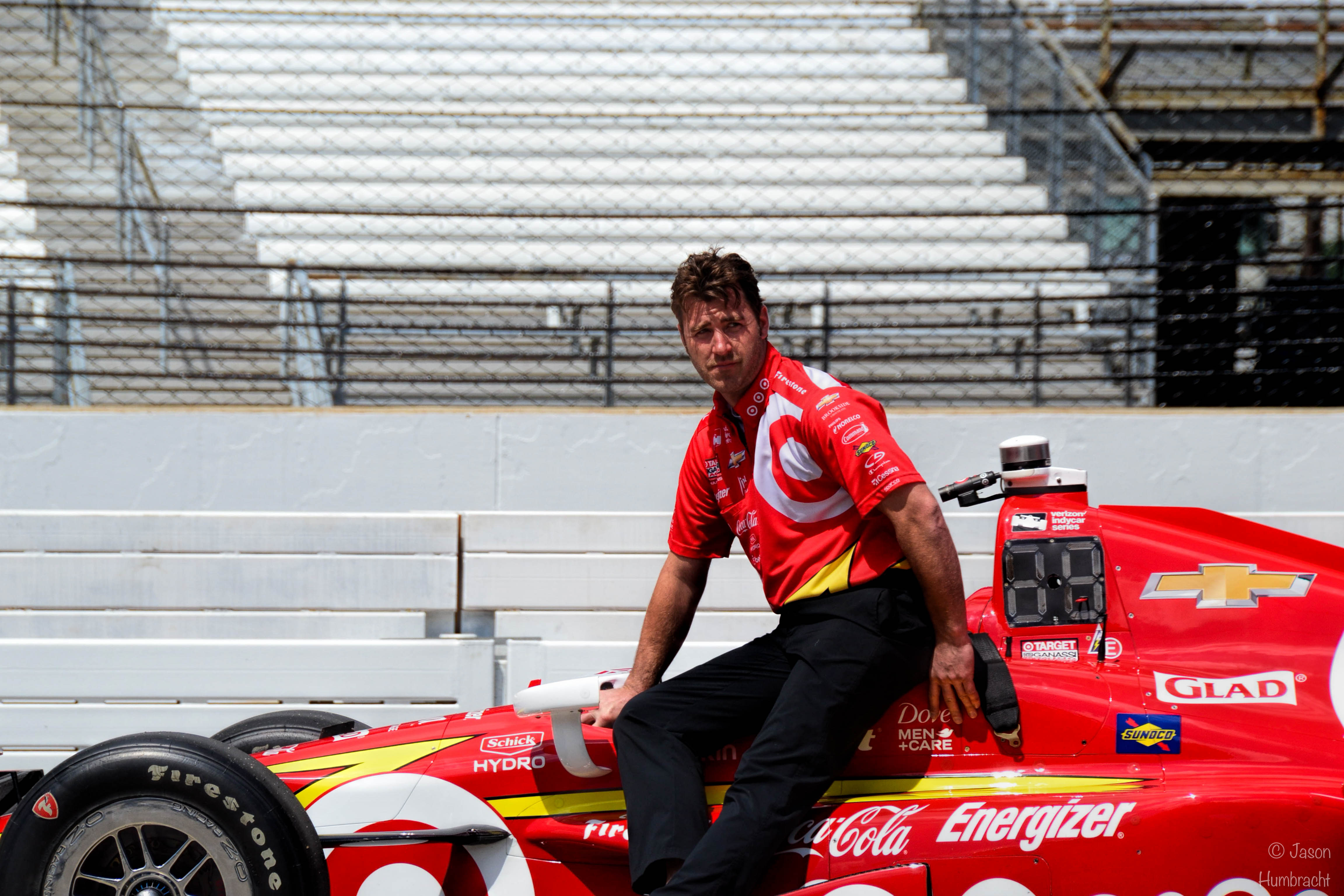
Impressive as it was, Harroun’s 1911 speed would have finished him 10th in the 1922 Indy 500. Barely a decade later, nearly all the cars that started in the race were smaller, lighter, more efficient and far more expensive than consumer cars. Their aerodynamic bodies featured narrow grills and teardrop-shaped tails; knock-off wire wheels made for quick, efficient tire changes; and the new straight-sided tires lasted much longer than their early pneumatic counterparts. The best cars were equipped with four-wheel hydraulic brakes and inline 3.0-liter V-8 engines made of aluminum. By the mid-1920s, the Indy 500 had become what it is today–a high-paying event for the world’s most expensive cars. (source)
